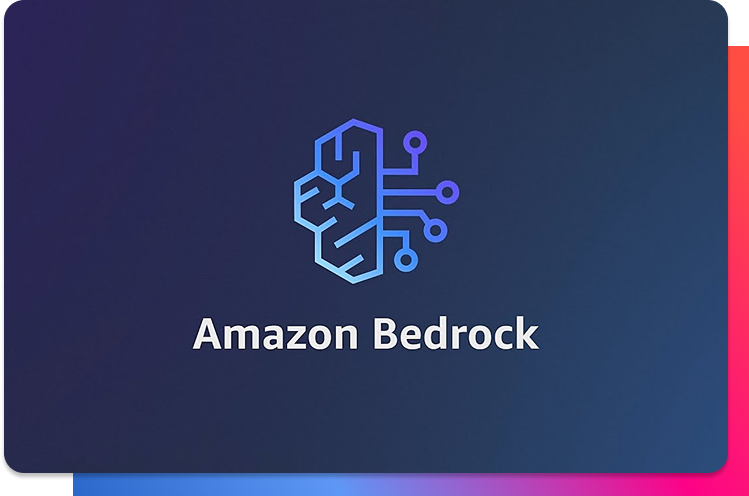The next leap in productivity won’t come from working faster. It will come from rethinking who, or what, is doing the work. AI agents aren’t just replacing tasks; they are reshaping how organizations think, operate, and evolve.
The recent surge in interest around AI agents is often framed in terms of automation. Tasks that were once manual — CV screening, demand forecasting, responding to tickets — are now delegated to digital counterparts. That framing, while not wrong, misses the point.
What we’re seeing is not just automation. It’s the emergence of a new category of organizational actor: one that can interpret context, make decisions, and improve over time.
And that changes the structure of the organization itself.
Delegating cognition, not just execution
The industrial revolution taught us to delegate muscle. The digital revolution taught us to delegate memory. Today, we are learning to delegate parts of our cognition — not entirely, but selectively and with intention.
AI agents are not general intelligences. They are specific, limited in scope, yet persistent. These micro-intelligences can interpret prompts, engage in dialogue, retain context, and improve their behavior through continuous feedback.
When parts of an organization’s thinking are no longer human, the question is no longer technological — it becomes one of design. As soon as agents begin to shape decisions, even in small ways, they influence the rhythm, logic, and culture of an organization. Decision cycles become shorter. Feedback loops grow tighter. Roles evolve: operators become supervisors, and decision-makers shift into orchestrators of systems.
The impact is not confined to a single process. It is structural.
Agents do more than execute tasks. They redistribute intelligence across the organization, reduce the distance between intent and outcome, preserve knowledge that might otherwise be lost, and translate fleeting decisions into repeatable behavior.
Organizations that embrace this capability won’t just operate more efficiently. They will begin to think differently.
Case study: reimagining recruitment
Recruitment is often portrayed as a highly human process — and in many ways, it is. But it’s also governed by repeatable steps: interpreting a job request, parsing a database, ranking candidates, scheduling interviews.
When we deployed an AI agent into this flow, we didn’t automate for efficiency. We redesigned for cognition.
The agent receives the hiring prompt directly, semantically searches the CV database, prioritizes based on role fit and historical success patterns, and even conducts first-round interviews using voice interaction and natural language scoring.
The recruiter remains essential — but in a new role. They’re no longer buried under manual tasks. They become sensemakers, decision reviewers, and feedback providers.
This isn’t “automating away HR.” It’s amplifying the strategic parts of it.
And more importantly: it’s building an institutional memory that compounds with every search.
Agents as organizational actors
AI is often described as a tool, but that metaphor is beginning to show its limits. Tools are passive. They respond when we use them and remain inert when we don’t. AI agents, by contrast, are active participants in workflows. They interpret context, engage in dialogue, retain information, and adapt over time.
As they become more embedded in daily operations, agents begin to resemble junior team members — ones that never sleep, forget nothing, and improve with every interaction. Yet unlike human colleagues, they don’t naturally carry context across roles unless designed to do so. They depend on clearly defined interfaces, governance frameworks, and deliberate boundaries. Without guidance, they can reinforce biases, escalate errors, or misalign with organizational goals.
In that sense, they behave like members of the organization without being people. And that distinction matters.
Treating agents as simple tools underestimates their potential. Trusting them uncritically overstates their reliability. The challenge lies in managing this new class of actor thoughtfully — recognizing that we are not just introducing software, but embedding new forms of cognition into the fabric of how we work.
Rethinking the organizational chart
Here’s the challenge few organizations are prepared for: when you embed agents into core processes, the lines between departments begin to blur.
An agent that reads customer tickets might also detect product issues. One that ranks candidates might uncover gaps in how roles are defined. As agents become fluent across silos, organizations must decide: who owns them? Who trains them? Who interprets their suggestions?
This isn’t an IT question. It’s a question of leadership, governance, and organizational design.
The companies that will benefit most from agents won’t be those that adopt them first. They’ll be the ones that restructure around them, placing them not as automation tools, but as partners in thinking, sensing, and evolving.







 Español
Español